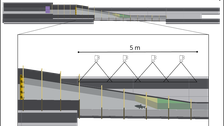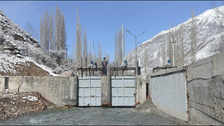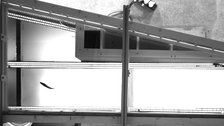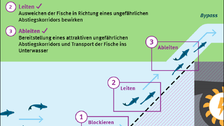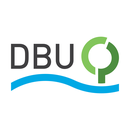Consolidation of the ethohydraulic basis for delay-free fish descent
Table of contents
Short Description
Motivation and objectives
The continuity of watercourses - in and against the direction of flow - is one of the most important prerequisites for achieving good ecological status and is required by the Federal Water Act in Germany. While there are recognized specifications for the design of fish ladders among experts, there is a lack of scientifically sound and transferable specifications, particularly for the hydraulic conditions upstream and in bypass entrances.
With regard to the ‘blocking’, ‘guiding’ and ‘diverting’ functions of fish ladders, the ‘diverting’ process in particular lacks hydraulic specifications for practical use.
The OptiPass project aims to define limit values for the spatial velocity gradient (SVG for short) parameter and use them to develop recommendations for the design of bypasses, especially their entry, so that a delay-free descent or diversion is guaranteed in the future. Functional fish protection systems thus reduce the negative impact of transverse structures on fish populations.
Methodology
To determine the SVG limit value, ethohydraulic laboratory tests are to be carried out. After the laboratory tests, the limit values determined are to be validated in a field study.
Laboratory experiment in the hydraulic lab
The plan is to investigate fish behaviour using video tracking in three test setups, initially for one fish species, the common barbel (barbus barbus) of the Cyprinidae taxonomic group. Setup 1 represents the state of the art and is intended to show the low utilization rates. Setup 2 is used for the uniform characterization of the SVG and the derivation of the limit value based on escape reactions using statistical algorithms.
In Setup 3, the limit value is not to be exceeded in order to demonstrate an improvement in utilization rates when the limit values are adhered to.
The animal experiments are carried out by the partner IGF.
Field study in Shakhimardan, Uzbekistan
In order to validate the findings from the laboratory, the results obtained are tested in the field. The planned hydropower plant in Shakhimardan (Uzbekistan), which is being funded by the EU in the Hydro4U project, offers a good opportunity for this thanks to the involvement of OptiPass project partner sje. The plant is to be designed based on the recommendations from the OptiPass project and its functionality confirmed through monitoring.
Outlook
Finally, the project partners plan to put their results into practice in the form of planning recommendations.
In a potential follow-up phase, it is planned to repeat the tests for the taxonomic group of Salmonidae and to implement the limit values as a planning tool in the CASiMiR software of the partner sje.
Media
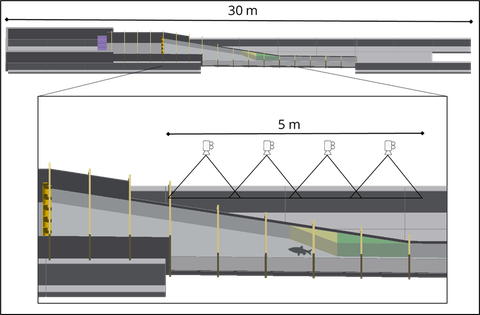
© Konrad Sarodnik
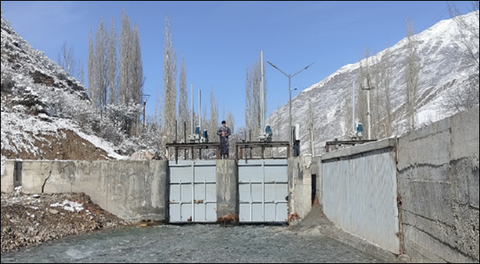
© Erkin Karimov, Projekt Hydro4U
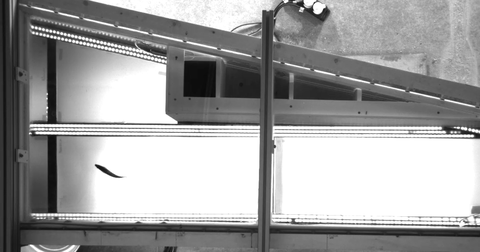
© Tom Rößger
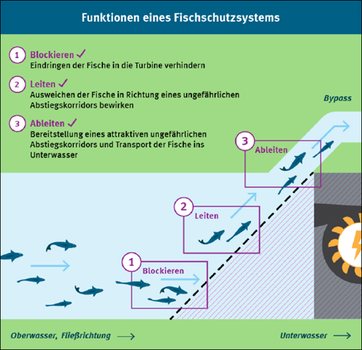
© Ecologic Institut & IGF Jena

© IGF Jena
Project Data
|
Website |
|
|
Period |
08/2024- 07/2025 |
|
Type of Funding |
Third Party |
|
Fundgiver |
German Federal Environmental Foundation (DBU) |
|
TUD Research Priority Areas (RPAs) |
Energy, Mobility and Environment › Water Research |
|
Sustainable Development Goals (SDGs) |
SDG 14 – Life below Water |
|
Keywords |
Fish descent, Bypasses, Ethohydraulics, Physical Modelling |
Project Lead
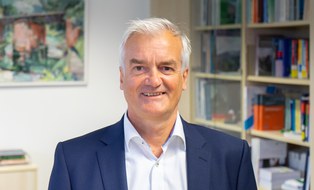 © Andrè Terpe
© Andrè Terpe
Professor
NameMr Prof. Dr.-Ing. Jürgen Stamm
Head of Inst., Chair Hyd. Eng. & School of Civ. & Environ. Eng.
Send encrypted email via the SecureMail portal (for TUD external users only).
Office of the Chair of Hydraulic Engineering
Visiting address:
Beyer-Bau, Room 04-22 George-Bähr-Str. 1
01069 Dresden
Office hours:
Appointments only by prior arrangement (phone or email)
Project Management
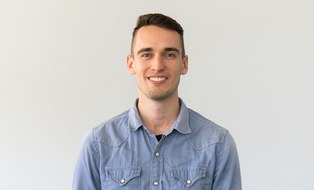 © André Terpe
© André Terpe
Research Associate
NameMr Dipl.-Ing. Tom Rößger
Send encrypted email via the SecureMail portal (for TUD external users only).
Visiting address:
Beyer-Bau, Raum 04-11 George-Bähr-Str. 1
01069 Dresden
Project Partners
|
Partner |
Type |
Website |
|
Institute of Freshwater Ecology and Fisheries Biology Jena (IGF) |
External |
|
|
sje Ecohydraulic Engineering GmbH (SJE) |
External |
Publications
-
Further Information
-


